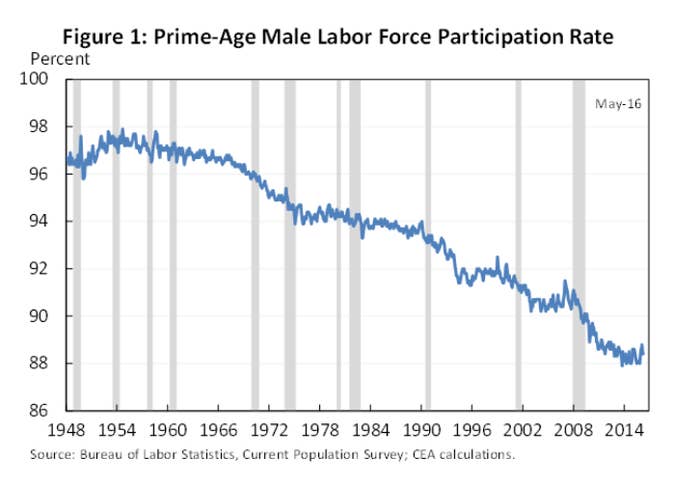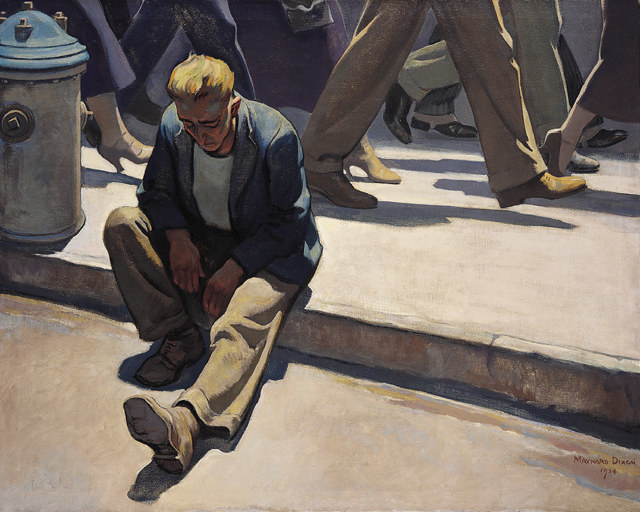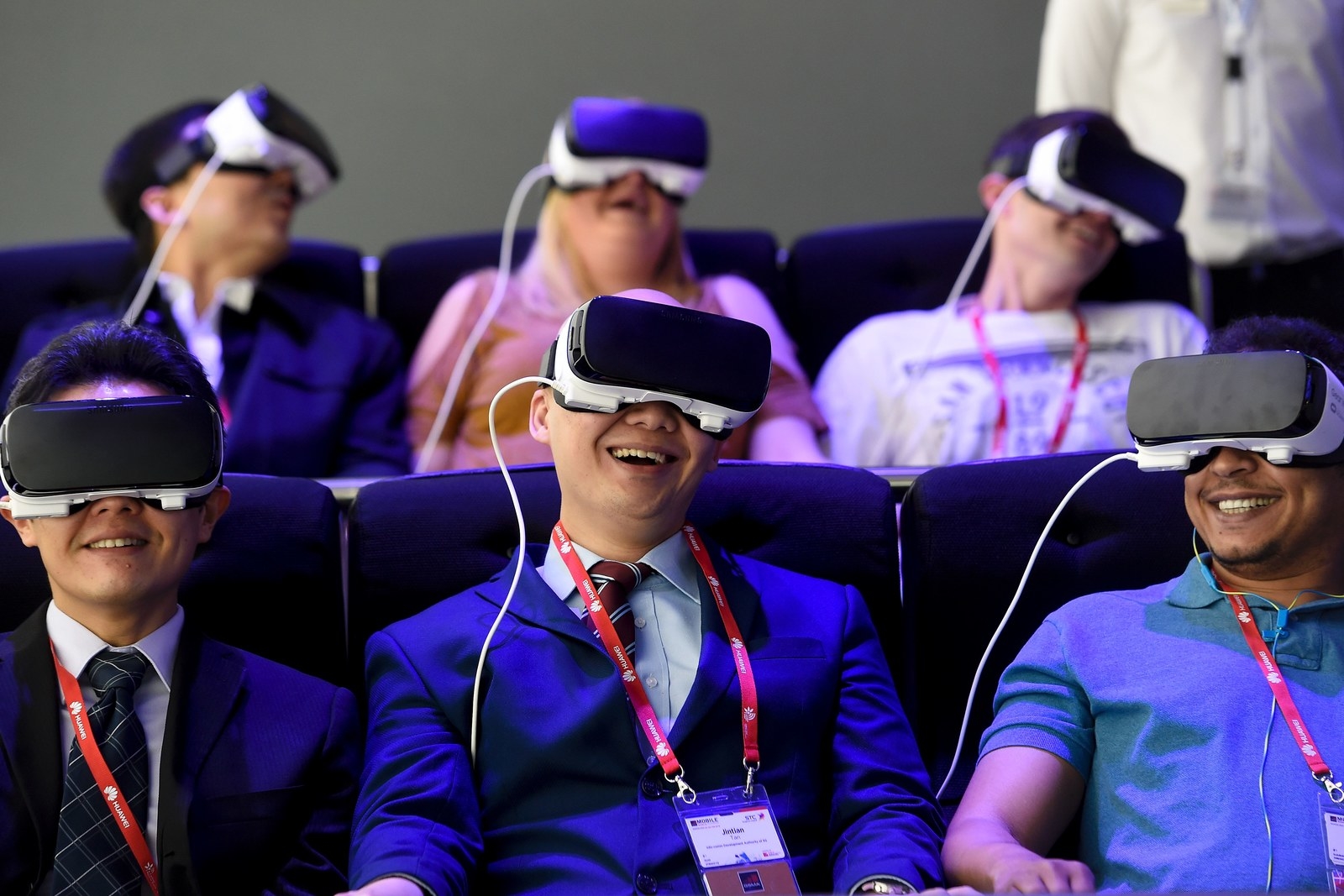
It's one the great economic mysteries: why are so many American men spending the prime years of their working life not just unemployed, but out of the workforce entirely, not even looking for a job?
The labor force participation rate among "prime age men" — the portion of men aged 25 to 54 who are working or looking for work — has been shrinking at a fairly consistent rate since the 1960s, from almost 97% in 1965 to around 88% today.

Figuring out the reason for that decline is a hot topic in economics, with one researcher recently making waves by suggesting young men now find the idle hours of unemployment more tolerable thanks to video games.
That thesis has found some support from former Treasury Secretary Larry Summers, who expects working-age men to exit the workforce at an accelerating pace "as IT accelerates job destruction on the one hand, and developments such as virtual reality make non-work more attractive and addictive on the other." By 2050, Summers speculates, a quarter of all prime-age American men will be totally out of work.
But it's not just the temptations of video games that have men shunning the working life. They are also doing it for grimmer, less tech-friendly reasons, according to a new paper: many of them are in too much pain to be working.

Around half of the men in question are taking some kind of pain medication every day, according to a new paper by Alan Krueger, the former chief economic adviser to the Obama White House. Around a third of the prime age men out of the labor force say they have some kind of functional disability, and overall they are not living well: In the relatively bloodless language of economic research, surveys show they have "low levels of emotional well-being throughout their days and...derive relatively little meaning from their daily activities."
The research paints a portrait of sadness, loneliness, and pain, and suggests their estrangement from working life has had dire consequences for their sense of wellbeing.
For those out of the workforce, about 30% of their time is spent in solitude, compared to 18% among employed prime age men. They are also "less happy, more sad, and more stressed than unemployed men, and the result is they "may have lowered their views of the best possible life they could expect."
But much of this is concentrated among older men. For the young men who are not in the labor force, Krueger cites data showing they "seem remarkably content with their lives," and that there is only "small and typically statistically insignificant differences" in how they feel throughout the day compared to those who are working.

This decline in young men working or looking for work has had a significant effect on the overall picture for American men; Krueger writes that it "accounts for almost one quarter of the decline in the overall participation rate, or about triple their current share of the population".
Part of that difference could be due to what young, non-working men are doing with their time. From 1994 to 2014, Krueger says, the labor force participation rate of men between 21 and 30 fell from 89.9% to 82.3%, while the portion of those men who were idle — neither in school, working, or even looking for work — jumped up 3.5 percentage points.
The amount of time these men spent playing video games each per week rose from 3.6 hours to 6.7 hours. "Video gaming is clearly drawing more attention from this group over time," Krueger writes.
Time spent watching TV by these men has dropped by two hours, and that might be a good thing: Krueger says when young men play video games they experience "greater happiness, less sadness, and less fatigue than episodes of TV watching" — although they do have more stress.
Video games might make players happier than TV watching because they're more of a social activity — about half the time people reported playing games, they were physically with someone, and 70% of the time, they were "interacting" with another person. Making video games more social and interactive, Krueger writes, "may have improved the enjoyment young men derive from leisure in a consequential way."

